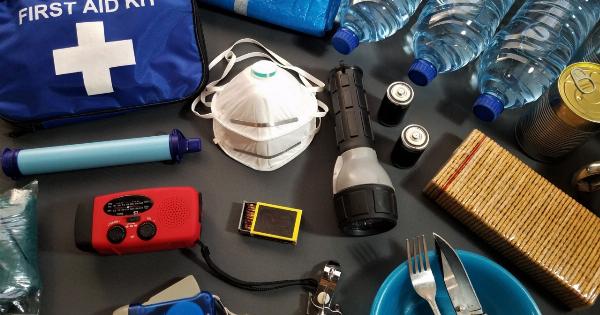In recent years, concerns about the potential health risks of radiation emitted from mobile antennas have grown.
As the use of mobile phones continues to increase exponentially, so does our exposure to these potentially harmful electromagnetic fields (EMFs). In this article, we will dive into the topic of radiation from mobile antennas, exploring the truth behind the risks, the safety measures in place, and what you can do to protect yourself.
Understanding Mobile Antennas
Mobile antennas, also known as cell towers or base stations, are essential components of mobile communication networks. They serve as the hub for transmitting and receiving signals to and from mobile devices.
These antennas emit radiofrequency (RF) radiation, a type of non-ionizing electromagnetic radiation.
The Types of Radiation Emitted
RF radiation is classified as non-ionizing because it lacks sufficient energy to remove electrons from atoms or molecules.
This distinguishes it from ionizing radiation, such as X-rays and gamma rays, which have high-energy levels and can damage DNA and cells.
Mobile antennas primarily emit two types of RF radiation:.
1. Non-Thermal Radiation
Non-thermal radiation refers to the low-level RF radiation emitted by mobile antennas, which does not generate enough heat to directly harm living tissues. This type of radiation is similar to what household appliances or Wi-Fi routers emit.
2. Thermal Radiation
Thermal radiation, on the other hand, is the higher-level RF radiation that may cause heating effects when exposed to living tissues at close proximity to the antenna.
However, the levels of thermal radiation from mobile antennas are considered safe for human exposure, as they do not exceed established regulatory guidelines.
The Health Concerns
Despite the regulatory standards in place, concerns about the potential health effects of RF radiation from mobile antennas persist.
Some studies suggest that long-term exposure to low-level RF radiation may contribute to various health issues, including:.
1. Cancer
One of the primary concerns is the potential link between mobile antennas and cancer. While scientific research remains inconclusive, some studies indicate a possible association between RF radiation and certain types of cancer, such as brain tumors.
However, these findings are often contested and further research is needed to arrive at a definitive conclusion.
2. Electrohypersensitivity
Electrohypersensitivity (EHS) is a condition where individuals report experiencing various symptoms such as headaches, fatigue, and cognitive issues when exposed to EMFs.
While some people claim to be sensitive to RF radiation, scientific evidence supporting EHS remains limited and inconsistent.
Risk Assessment and Regulation
To ensure public safety, regulatory bodies around the world have established guidelines for RF radiation exposure. These guidelines are based on extensive research and set limits on the maximum allowable radiation levels.
Compliance with these guidelines is mandatory for all mobile network operators and mobile antenna installations.
Regulatory organizations, such as the International Commission on Non-Ionizing Radiation Protection (ICNIRP) and the Federal Communications Commission (FCC) in the United States, regularly review and update these guidelines to incorporate new scientific knowledge and ensure they remain protective.
Protecting Yourself
While the long-term effects of RF radiation from mobile antennas remain uncertain, there are steps you can take to minimize your exposure and potential risk:.
1. Maintain Distance
Whenever possible, maintain a distance from mobile antennas. The further you are from the source, the lower your exposure will be. If you are residing near a cell tower, consider rearranging your living space to reduce proximity to the antennas.
2. Limit Mobile Phone Usage
Reduce your overall exposure to RF radiation by limiting your mobile phone usage. Opt for landline phones for longer calls or use hands-free devices to keep the phone away from your head.
Additionally, avoid carrying your mobile phone in your pocket or directly against your body.
3. Use EMF Shields and Protectors
You can explore the use of EMF shields or protectors designed to reduce RF radiation exposure. These can be in the form of phone cases, special screens for laptops, or even anti-radiation clothing.
Conclusion
While the debate about the potential health risks of radiation from mobile antennas continues, it is important to stay informed and take necessary precautions.
Current scientific evidence suggests that the RF radiation levels emitted by mobile antennas are within established safety limits. However, it is always prudent to reduce exposure whenever possible and stay updated on the latest research and guidelines.






























